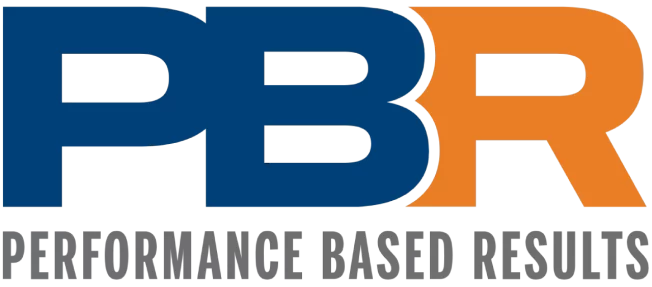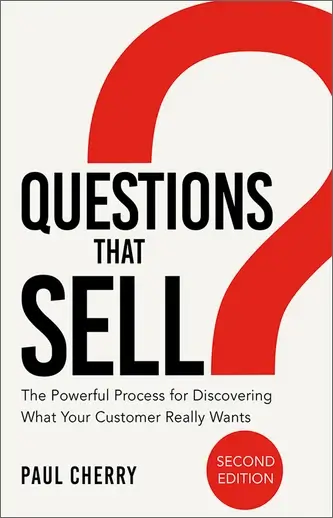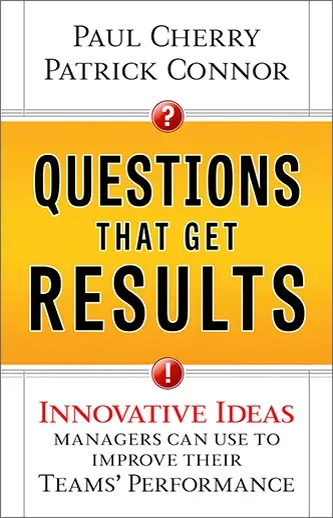When I started out in sales, I worked for a manager I’ll call “Larry.” One of my goals at the time was to find a mentor, to learn from someone with experience in the industry. I thought I’d found that mentor in Larry, until I learned his goal was to retire in three years. Nothing wrong with that, except that Larry focused all his time and energy on his impending retirement in a nice house on a golf course, not on his job. When I asked for advice on approaching clients, he shrugged. “I really don’t have the answers, Paul. You figure it out.” At that moment, I knew I had to find another job. Much as I liked Larry, our opposing goals made it impossible for us to work together. Mentally, he’d already clocked out of the working world, so there was no way he could motivate me.
When it comes to inspiring your employees, ask yourself, “What motivates me?” How passionate are you when it comes to achieving your goals? Such passion is infectious: your employees are sure to catch it. Discover your motivation by identifying your own professional and personal goals while helping your employees achieve theirs. If you and your employees aren’t on the same page where goals are concerned, you might soon find you’re not even in the same book.
WHAT’S THE DEFINITION OF A GOAL?
You might think it’s silly to even try to define a goal, and that’s okay. I thought I knew the definition of a goal until I spoke with motivational coach Michael Wickett. Mike told me that only 2% of the population has goals. With that, a debate began.
I told Mike, “When I ask salespeople at my seminars, ‘Who here has goals?’, they all raise their hands.”
He shook his head. “No, Paul, they don’t have goals. They have dreams.”
That puzzled me. “What’s the difference?”
“Dreams are in your head. Goals are written down,” Mike explained. “In order for something to be a goal, you need to write it down.”
Mike was right. Many people have dreams about how their lives will end up, but few people take the time to sit down and form detailed plans to make those dreams a reality. For instance, how many people do you know who want to lose weight? The older we get, the more we think about getting healthier, and losing weight is a giant step in that direction for many of us. Now consider how many people have made losing weight one of their life goals. Sure, plenty of us want to lose weight, but how many of us really put that dream into action in the form of a solid goal with specific steps?
HOW TO TURN YOUR DREAM INTO A GOAL
- A goal must be written down. The process of writing down our goals forces us to transform our vague desires into concrete objectives.
- A goal must be specific. Specific goals help us focus our energy and make the most of how we spend our time. Rather than saying, “I want to make my life better,” set specific goals such as, “I want to purchase a condominium on the beach,” or “I want to have two kids.”
- A goal must be measurable. If our goals aren’t measurable, how will we know when we’ve reached them? Examples of measurable goals include “I want to lose 15 pounds,” or “I want to sell $2 million worth of products.”
- A goal must have a time frame. We must put our goals in terms of time, otherwise we might put them off indefinitely. The time frame for one of your goals could be anywhere from one week to twenty years or more. The important thing is to have a deadline—and stick to it!
Here are examples of personal and professional goals that meet all four requirements:
- My goal is to lose 15 pounds in the next six months.”
- “I have a goal to produce $2 million in the next fiscal year through sales of my new product.”
- “My goal is to own a three-bedroom vacation home at the beach by the summer of 2010.”
- “I have a goal to open up 15 new franchise locations of my business in the next five years.”
Now that you know the difference between goals and dreams, do a personal inventory. What are your goals? You need a picture of where you want yourself and others to go. At work, this will help maximize your efforts and determine what you need from your employees.
QUESTIONS TO HELP YOU DELINEATE YOUR GOALS
- “What’s my vision of the future?”
- “Where do I picture myself three years from today?”
- “How will others perceive me in the future? My boss, my peers, my family?”
- “What has to happen in the next two years for me to be happy with my progress?”
- “What visual image do I have for my team? What visual image do I have for my company?”
- “How do I want to be perceived by my customers? My employees?”
- “How would my boss define me in one sentence?”
- “What excites me most about my job? What do I want to do more of/less of/stop doing altogether, so I can achieve what’s important to me? To my team? To my company?”
- “Which mountain do I want to climb?”
- “What’s my definition of success?”
- “What benchmarks do I need to achieve in order to feel successful?”
- “What actions do I need to perform on a daily/weekly/monthly basis to achieve my goals?”
- “What areas of my job should I focus on in order to have the most impact on my staff?”
- “Where do I need to prioritize to insure my success? My team’s success?”
If your employees’ goals aren’t aligned with yours, you’ll find yourselves working at cross-purposes. Think about your own personal and professional goals, then write them down and turn your written words into actions. Once you know what you want, you’ll be better prepared to help your employees figure out what they want, putting all of you on the same page and the fast track to your happy ending of choice.






